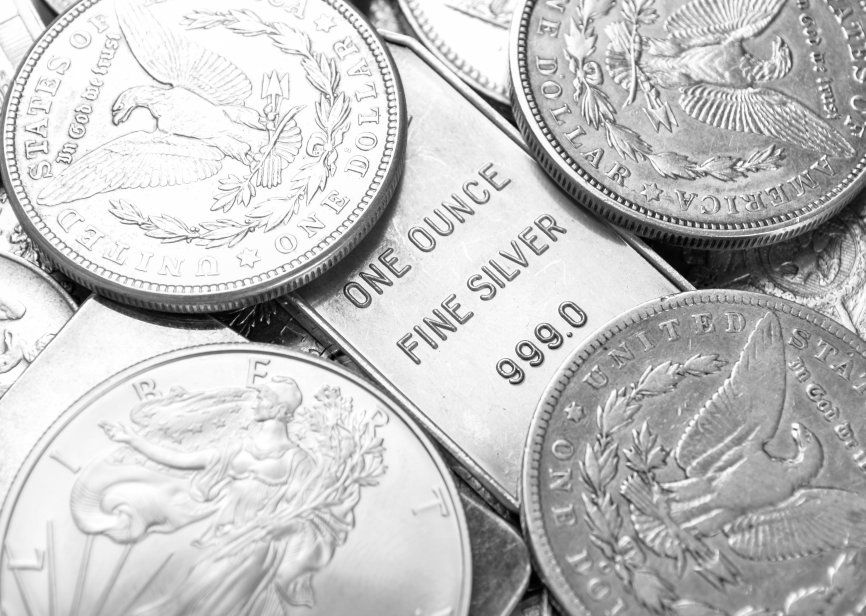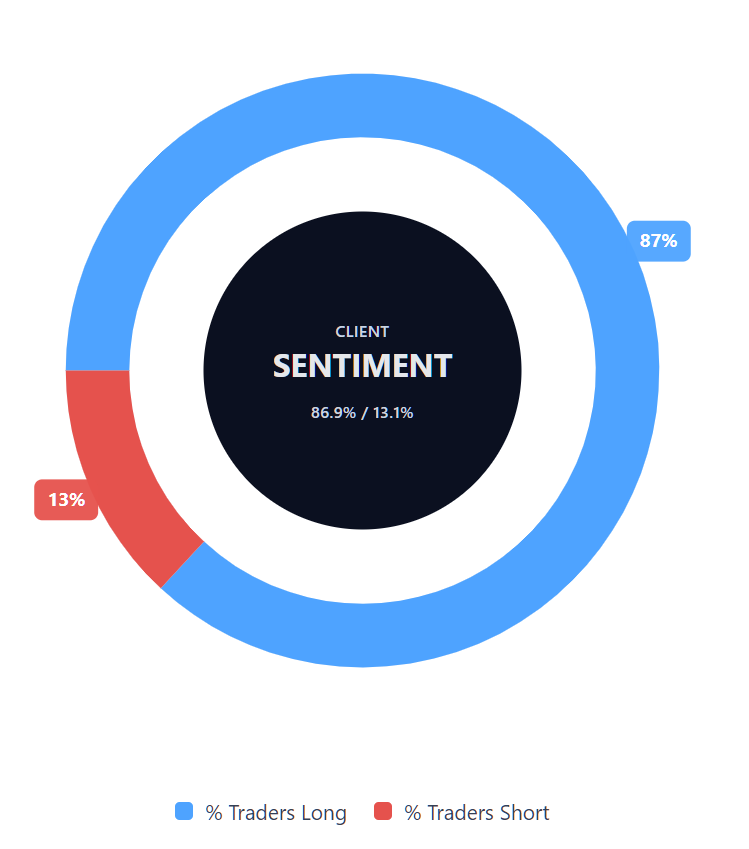Silver price forecast: Third-party predictions 2025-2030
Silver spot is trading at $52.44 per ounce as of 16:41 UTC on 20 October 2025, within its intraday range of $51.12–$54.43.
As of 20 October 2025, silver price movements are supported by a softer US dollar, with the DXY hovering near 103.2 (Reuters, 1 October 2025). At the same time, US 10-year Treasury yields have eased to 4.6%, following Federal Reserve minutes that signalled a pause in further rate hikes (Trading Economics, 20 October 2025). A steady recovery in Chinese industrial demand has also lent some support, suggesting resilient consumption across key manufacturing sectors (Reuters, 20 October 2025). However, overall activity remains subdued, with COMEX volumes muted amid reduced liquidity during the holiday week (Reuters, 20 October 2025).
Silver price prediction 2025-2030: Analyst price target view
ING Think (house view)
ING forecasts silver to average $39.00 per ounce in 2025 and $49.75 in 2026, with prices expected to moderate amid stable global growth and industrial demand (ING Think, 9 October 2025).
Scotiabank (commodity team)
Scotiabank estimates an average of $34.47 per ounce for 2025 and $33.00 for 2026, reflecting a modest recovery in manufacturing and continued ETF inflows (Scotiabank, 17 October 2025).
UBS (market update)
UBS projects silver to reach around $52 per ounce by the end of 2025 and $55 per ounce by mid-2026, as a softer dollar and ongoing ETF demand support prices (Investing.com, 3 October 2025).
Bank of America (house view)
Bank of America raised its 12-month silver target to $65.00 per ounce after real yields narrowed and ETF inflows strengthened (Investing.com, 16 October 2025).
Predictions and third-party forecasts are subject to change, as they cannot factor in unforeseen market events. Past performance does not guarantee future results.
Silver price: Technical overview
On the daily chart, silver spot remains supported above its key moving average cluster – 20-, 50-, 100- and 200-day moving averages (DMAs) at around 49, 44, 40 and 36 respectively – with the 20-over-50 alignment still intact. Momentum remains firm, with the 14-day RSI at 69.6 and the 14-day ADX at 53.7, both suggesting a well-defined trend.
The first resistance area to monitor is near 58.7; a daily close above this level could bring the 60.0 handle into focus. On retracements, initial support lies near 44.7 (daily pivot), followed by the 100-day SMA around 40.0. A sustained move below this area could signal a deeper pullback toward 40.0 (TradingView, 20 October 2025).
This technical analysis is provided for informational purposes only and does not constitute financial advice or a recommendation to buy or sell any instrument.
For a more detailed look at silver’s recent rally and the risk of overextended price action, read the XAG/USD analysis published on 17 December 2025.
Silver price history
Silver spot traded around $23.13 on 22 October 2023, moving within the mid-$20 range through early 2024. It broke above $30.00 in March 2024 and consolidated between $30.00 and $32.00 for most of the year, ending December 2024 at $29.68.
The uptrend accelerated in 2025, with silver rising to $38.73 on 14 August before reaching a high of $54.46 on 17 October 2025. As of 20 October 2025, it trades at $52.45 – more than double its level a year earlier and approximately 127% higher than in October 2023.
Past performance is not a reliable indicator of future results.
Capital.com’s client sentiment for silver CFDs
As of 20 October 2025, buyers currently represent 86.9% of open silver CFD positions compared with 13.1% held by sellers, indicating a strong buy bias. This positions buyers 73.8 percentage points ahead in overall client sentiment. The data reflects open positions on Capital.com and is subject to change.

FAQ
Could silver’s price go up or down?
Silver’s price may move in either direction, depending on factors such as industrial demand, monetary policy, and movements in the US dollar. As with all commodities, prices are shaped by market conditions and investor sentiment.
Should I invest in silver?
Capital.com does not provide investment advice. Whether silver is appropriate for your portfolio depends on your objectives, risk tolerance, and level of market knowledge. It’s important to research the market and understand the associated risks before trading silver CFDs. Contracts for difference (CFDs) are traded on margin, and leverage amplifies both your profits and your losses.
What influences silver prices?
Silver prices are mainly driven by supply and demand, global economic growth, industrial activity, and monetary policy. Changes in inflation expectations and currency movements, particularly the US dollar, also play an important role.